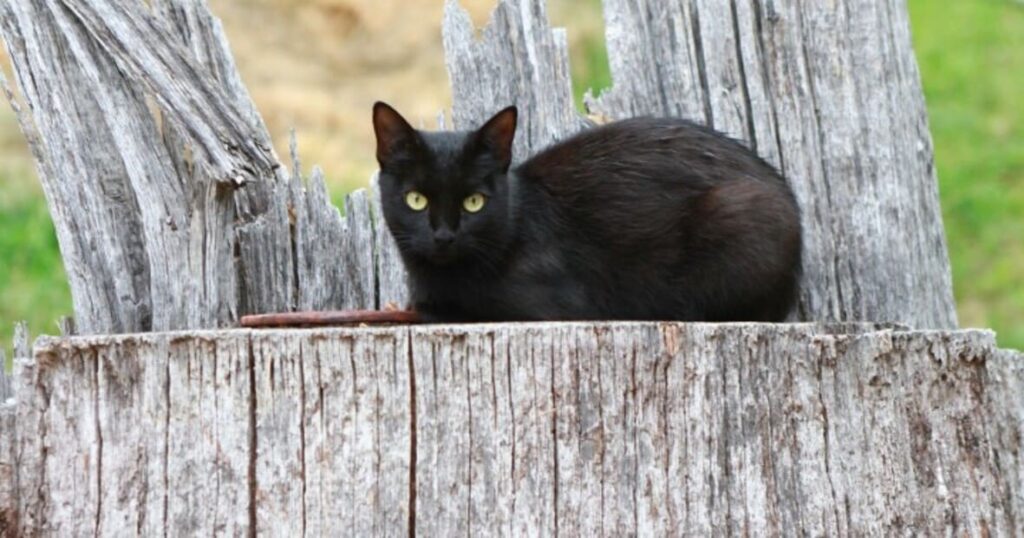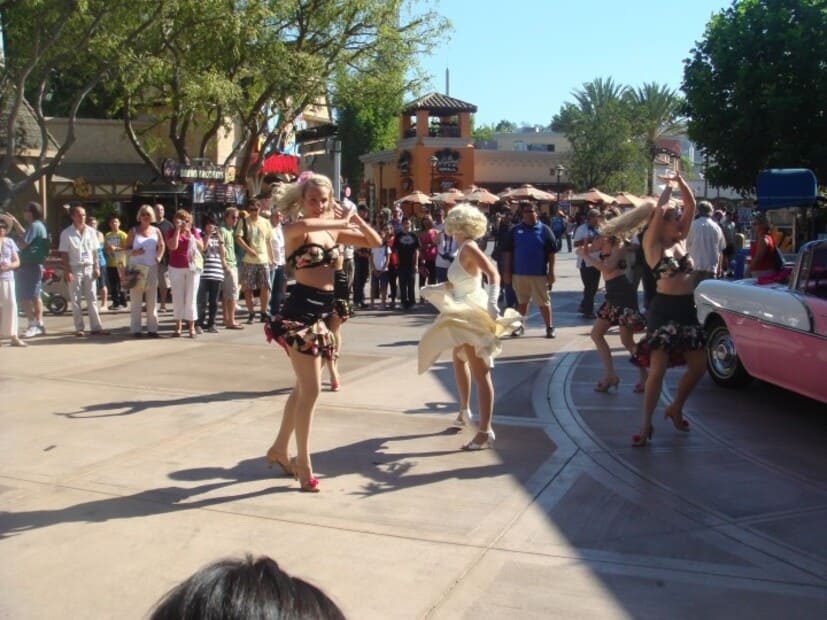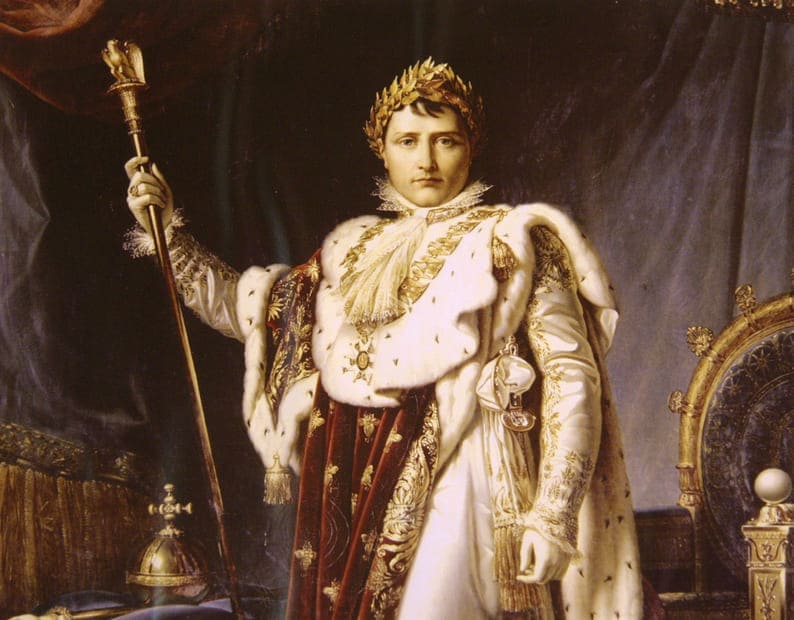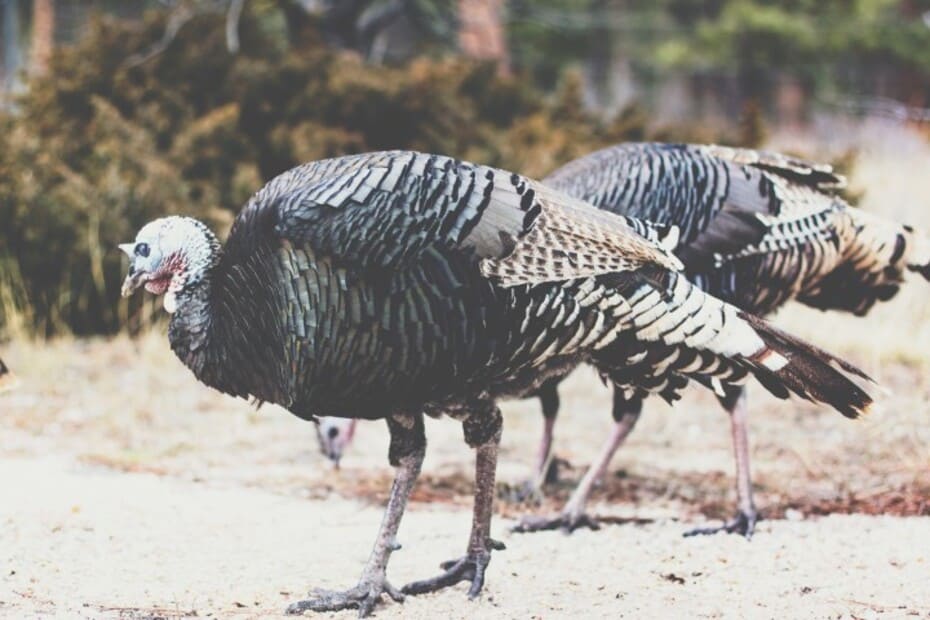History, as it’s often taught in schools, tends to focus on major events, influential figures, and pivotal moments that have shaped the course of nations. However, nestled between these monumental events are lesser-known, quirky, and sometimes bizarre tales that don’t always make it into the classroom. These overlooked stories, while not always central to the grand narrative, offer a fascinating glimpse into the oddities and intricacies of our shared past. Here are some intriguing facts your history teacher might have overlooked during those high school lessons.
Table of Contents
The Great Emu War (1932)

In the latter part of 1932, Western Australia witnessed an unusual “war” between man and bird. As World War I veterans tried to cultivate their lands, they faced an unexpected adversary: over 20,000 emus migrating inland. These birds, in search of food and water, trampled over fences and destroyed crops. Desperate farmers requested military assistance, leading the government to deploy soldiers armed with machine guns. However, the emus, with their surprising agility, often evaded the bullets, leading to minimal casualties on their side. After several operations and expended ammunition, the military efforts were deemed a failure. The “war” concluded with the emus emerging victorious, and the government later opted for a bounty system to address the emu problem.
Pope Gregory IX and Cats (1233)

In the 13th century, Pope Gregory IX issued the Vox in Rama, a papal decree that had unforeseen consequences for Europe’s feline population. The document described black cats as instruments of Satan, leading to widespread fear and superstition. As a result, cats, especially black ones, were hunted down and killed in large numbers. This mass extermination disrupted the ecological balance, allowing rat populations to flourish unchecked. Some historians theorize that this surge in rat numbers, carriers of fleas bearing the bubonic plague, contributed to the rapid spread of the Black Plague in the 14th century.
The Dancing Plague (1518)

One of history’s most bizarre events occurred in Strasbourg, France, in 1518. A woman named Frau Troffea began dancing fervently in the streets. Her solitary dance turned contagious, with hundreds joining in. For days on end, people danced with no apparent reason or control, and the phenomenon seemed to spread like an epidemic. As the days turned into weeks, many dancers collapsed from exhaustion, dehydration, or even died from heart attacks. Authorities were baffled, resorting to strategies like constructing a stage and hiring musicians, thinking people would dance it off. The exact cause of this dancing mania remains a mystery, with theories ranging from ergot poisoning to mass hysteria.
Napoleon Wasn’t That Short

Napoleon Bonaparte, one of history’s most iconic figures, has often been portrayed as notably short. However, this widely accepted “fact” is a product of confusion and propaganda. Napoleon’s recorded height was 5 feet 2 inches, but this measurement was in French units, which translates to 5 feet 7 inches in modern international units. This height was quite average for a Frenchman of his time. The myth of his short stature was further propagated by British caricatures and satirical depictions, painting him as a tiny man with grand ambitions.
The Christmas Truce (1914)

In the grim setting of World War I, a heartwarming event unfolded during Christmas 1914. Soldiers on both sides of the Western Front set aside their weapons and hostility, celebrating the festive season together. Starting with the singing of carols across the trenches, the truce saw British and German soldiers emerging from their positions, exchanging gifts like cigarettes and chocolates, and even playing impromptu soccer matches in the no-man’s land. This spontaneous ceasefire was not a singular event but occurred at various points along the front. While the truce was short-lived and not universally observed, it remains a testament to the human spirit’s ability to find moments of peace and camaraderie amidst the horrors of war.
Hedy Lamarr’s Invention

Hedy Lamarr, renowned for her beauty and acting prowess in Hollywood’s Golden Age, had another facet to her brilliance. During World War II, concerned about the war’s outcome, she teamed up with composer George Antheil to devise a frequency-hopping system. Their invention was designed to prevent the interception of torpedo signals by constantly changing frequencies. While it wasn’t adopted immediately by the military, the technology laid the groundwork for developing modern Wi-Fi, GPS, and Bluetooth systems. Lamarr’s contribution to science and technology is a testament to her multifaceted genius.
Benjamin Franklin’s “Turkey” Proposal

Benjamin Franklin, one of America’s founding fathers, had a unique perspective on the national symbols of the newly formed United States. In a personal letter to his daughter, he expressed his reservations about the bald eagle being chosen as the national emblem. He viewed the turkey as a “much more respectable bird” and a true native of America. While Franklin’s musings were informal and not an official proposal, they offered a fascinating insight into his character and the symbolism he valued.
The Great Molasses Flood (1919)

On a fateful day in January 1919, the streets of Boston’s North End experienced a disaster as bizarre as it was tragic. A massive storage tank containing over 2 million gallons of molasses burst, unleashing a sticky tidal wave that surged through the streets at 35 mph. Buildings were damaged, and the torrent trapped and drowned 21 people while injuring 150 others. The calamity, often referred to as the “Boston Molassacre,” remains one of the most unusual industrial accidents in history.
The Real Dracula

The fictional Count Dracula, immortalized in Bram Stoker’s iconic novel, has roots in real historical figures. Vlad III, known as Vlad the Impaler, was a 15th-century prince of Wallachia (modern-day Romania). His notorious reputation for impaling his enemies earned him a place in infamy. While his methods were undeniably brutal, Vlad was also lauded for his fierce resistance against the encroaching Ottoman Empire. In parts of Romania, he’s celebrated as a national hero, a defender of both his people and Christendom.
Hollowed-Out Books in the American Revolution

Espionage played a crucial role during the American Revolution, with both sides employing various methods to convey secret information. One such technique involved the use of hollowed-out books. Agents would carve out a section of the book’s pages, creating a hidden compartment to stash messages, maps, or other vital intelligence. This early form of steganography, the practice of hiding information within other information, was an ingenious way to transmit covert data. Such tactics underscore the lengths to which operatives went to ensure the success of their missions and the eventual victory of their cause.








